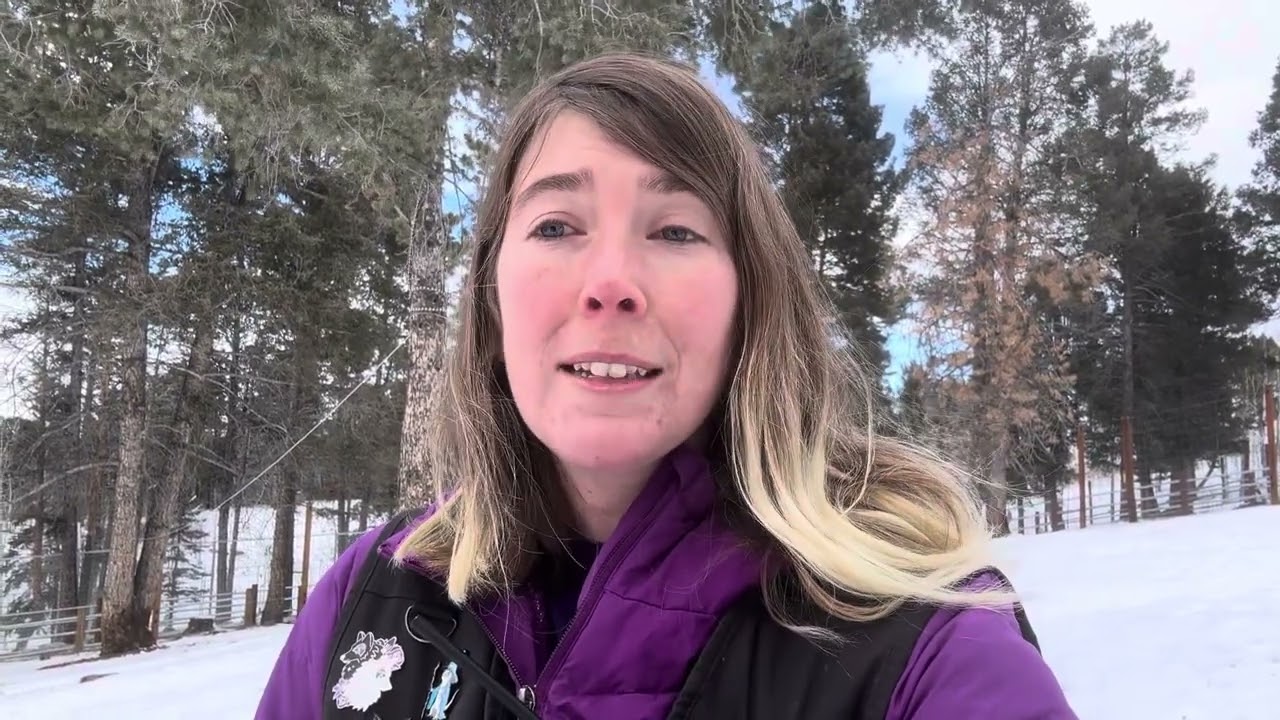- Overview of Wolf Talk and Colorado Reintroduction Program
- Ecological Importance and Impact of Wolves in Colorado
- Challenges in Wolf Reintroduction and Management
- Monitoring and Research Efforts Post-Reintroduction
- Public Engagement and Education Efforts
Wolf Talk serves as an ongoing conversation about the efforts to reintroduce wolves into Colorado, a crucial topic in the field of wildlife conservation. Colorado’s Wolf Reintroduction Program aims to bring the gray wolf back to its natural habitat, a proposal backed by both scientific reasoning and voter support. As apex predators, wolves play a significant role in maintaining the balance of ecosystems. Their absence, which was primarily due to human intervention through hunting and habitat encroachment, has led to complex ecological consequences. The ambitious reintroduction initiative aims to restore these ecological dynamics.
The reintroduction of wolves into Colorado is not just about replenishing a species; it is an attempt to revitalize ecosystems. Wolves help control deer and elk populations, which, in large numbers, can put excessive pressure on vegetation. With wolves present, there is decreased overgrazing, leading to healthier plant communities. This, in turn, influences other species, from birds and insects to fish, by enhancing biodiversity. The predation of wolves also affects scavenger species, such as bears and birds of prey, which benefit from the availability of carrion.
However, implementing a successful wolf reintroduction program is rife with challenges. One of the primary obstacles is conflict with human interests, especially in agricultural communities. Ranchers fear the loss of livestock and demand compensation and preventative measures to protect their herds. Effective communication and community involvement are vital to address these concerns, offering protective measures and incentives to diminish potential hostilities.
Moreover, the social behavior of wolves, who live in family units and cover large territories, necessitates careful management of their population density and territory allocation. This involves sophisticated tracking methods utilizing technology like GPS collars to monitor movements, health, and interactions with the environment and human settlements. Regular field studies and genetic research are conducted to assess wolf adaptation, reproduction, and integration into the local ecosystems.
Part of the program involves robust data collection and monitoring efforts to ensure meaningful results. Scientists gather diverse types of information, observing direct interactions between wolves and their environments and recording ecological changes over time. These efforts help assess the success of reintroduction and the subsequent ecological shifts induced by the return of this keystone species to its native habitat.
Public engagement and education initiatives are integral elements of the Wolf Talk framework. There is a need to educate the community about the benefits and challenges of wolf reintroduction, using various media forms and outreach programs. By fostering a deeper understanding and appreciation for wolves, conservationists aim to cultivate widespread support and reduce opposition driven by fear or misunderstanding.
Through sustained efforts and collaborations between government agencies, non-profits, and the local population, the vision of seeing wolves roam Colorado once more is one step closer to reality. This ambitious conservation strategy not only aims to correct past mistakes but also seeks to inspire future generations to appreciate and protect the delicate interconnectedness of nature. As we observe the progression of the Colorado Wolf Reintroduction Program, the ongoing dialog around Wolf Talk remains pivotal in shaping the future of wildlife management and conservation practices.
*****
Source Description


